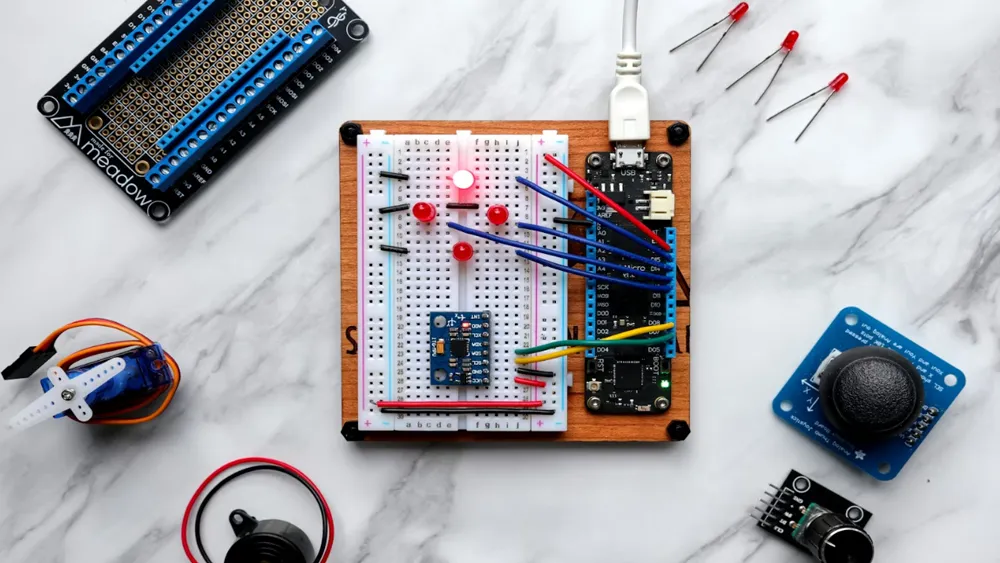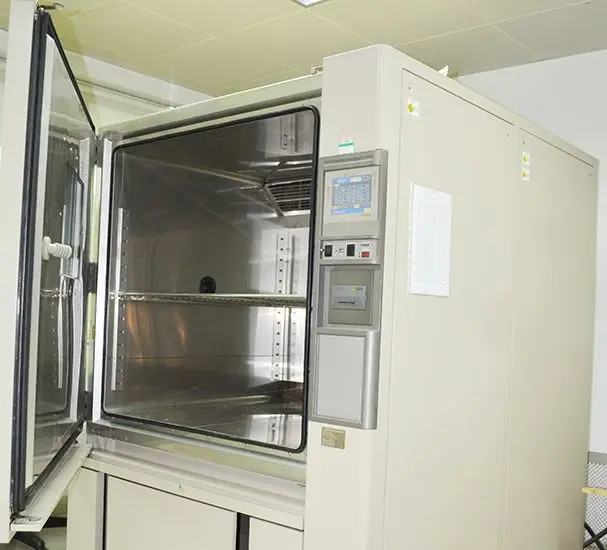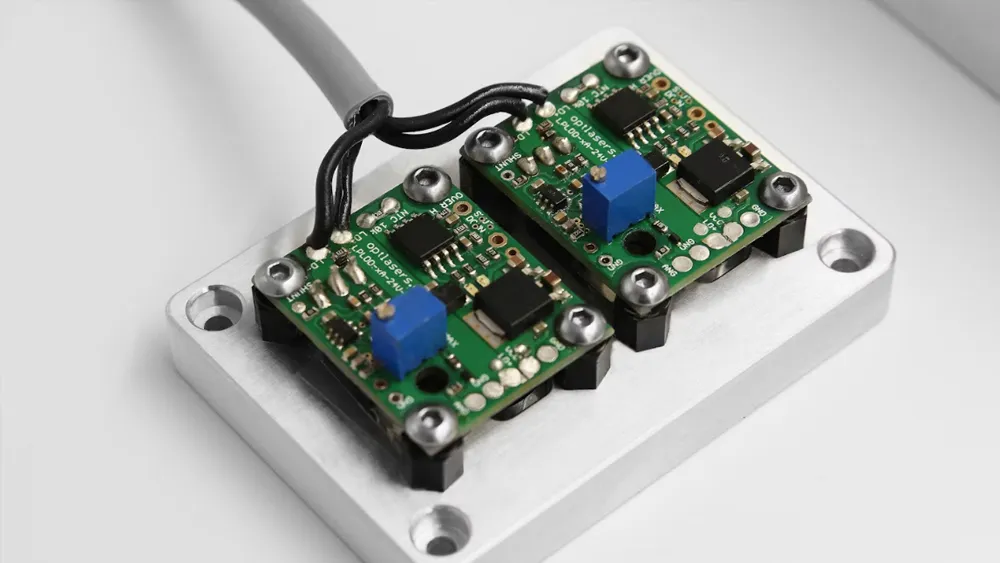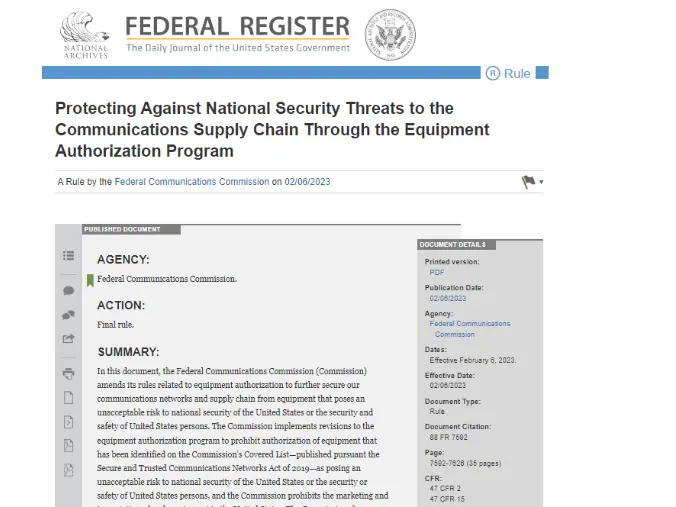
Electric Blanket Export Compliance to the EU
To successfULly enter the EU market, electric blankets must meet requirements in four key areas: electrical safety, electromagnetic compatibility, environmental protection, and reliability performance. As consumer household appliances, electric blankets must comply with CE certification requirements, including Safety, EMC, RoHS, and if applicable, RF and Health/SARtesting for wireless functions.
1. Electrical Safety
The low voltage directive (LVD) 2014/35/EUensures that electrical equipment operating within specific voltage ranges is safe for use. It applies to electrical devices using AC voltages between 50V and 1000V, and DC voltages between 75V and 1500V.
The directive covers all safety aspectsof the device, including protection from hazards due to mechanical causes. The design and construction of equipment must ensure safety during intended use, under both normal and fault conditions. Key hazards to be evaluated include:
1. Electric shock
2. Hazardous energy
3. Fire
4. Mechanical and thermal risks
5. Radiation hazards
6. CheMICal hazards
Test Items:
1. Markings and instructions
2. Protection against access to live parts
3. Input power and current
4. Normal temperature rise
5. Leakage current and dielectric strength under operating temperature
6. Humidity resistance
7. Overload protection for transformers and associated circuits
8. Abnormal operation
9. Stability and mechanical hazards
10. Mechanical strength
11. Construction
12. Internal wiring
13. Components
14. Power supply connections and external flexible cords
15. Terminals for external conductors
16. Screws and connections
17. Electrical clearance, creepage distance, and solid insulation
18. Heat resistance and flame resistance
19. Radiation, toxicity, and similar hazards
2. Electromagnetic Compatibility (EMC)
The Electromagnetic Compatibility Directive (EMC) 2014/30/EUrequires that electrical and electronic equipment must not emit excessive electromagnetic interference and must also be immune to a reasonable level of electromagnetic disturbance. Devices should function normally in harsh electromagnetic environments while not disturbing the operation of other equipment or systems.
EMC consists of two key aspects:
EMI (Electromagnetic Interference)
EMS (Electromagnetic Susceptibility)
While EMI can affect other systems, it provides no benefit to the equipment itself and must be controlled.
Test Items:
1. Radiated emissions
2. Conducted emissions
3. Power disturbances
4. Harmonic current emissions
5. Voltage fluctuations and flicker
6. Radiated immunity (RS)
7. Electrostatic discharge immunity (ESD)
8. Electrical fast transient/burst immunity (EFT)
9. Conducted immunity (CS)
10. Voltage dips immunity (Dips)
11. Surge immunity (lightning surge)
Email:hello@jjrlab.com
Write your message here and send it to us
 What are ASTM F963 and CPSIA?
What are ASTM F963 and CPSIA?
 Comparison of ASTM F963 and EN 71
Comparison of ASTM F963 and EN 71
 How to get CSA C22.2 NO.256:14 Test Report?
How to get CSA C22.2 NO.256:14 Test Report?
 How much is the ISTA Amazon Packaging & Shippi
How much is the ISTA Amazon Packaging & Shippi
 Amazon Product Laboratory Testing Requirements
Amazon Product Laboratory Testing Requirements
 How to Get EPA Certificatio
How to Get EPA Certificatio
 What is EPA Certification in the United States?
What is EPA Certification in the United States?
 What is an FCC Registered Agent?
What is an FCC Registered Agent?
Leave us a message
24-hour online customer service at any time to respond, so that you worry!




